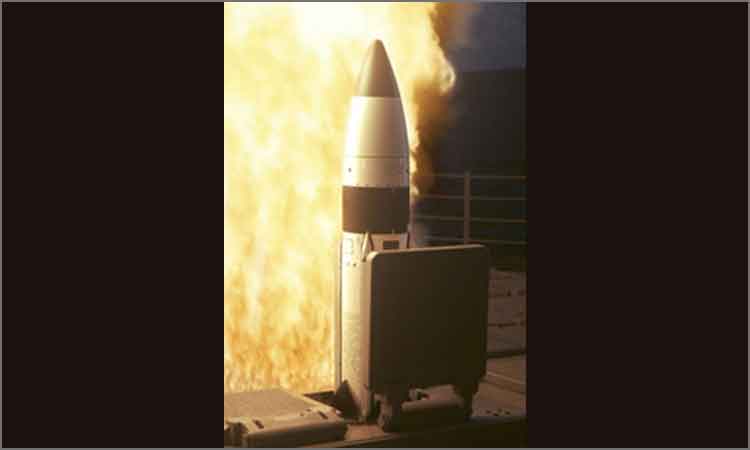http://www.rediff.com/news/interview/exclusive-manohar-parrikar-on-his-plans-for-indias-defence/20151125.htm
November 25, 2015
'The armed forces have been given clear indication that they have to give priority to Make in India and indigenisation and dependence on foreign source should be reduced.'
'Almost Rs 90,000 crores contracts have been signed during my tenure. Another almost Rs 70,000 crores are in the pipeline.'
Defence Minister Manohar Parrikar, in his most detailed interview since becoming Raksha Mantri a year ago, speaks to Nitin A Gokhale.
In what is perhaps the most detailed interview since he took office in November 2014, Defence Minister Manohar Parrikar speaks to well-known defence analyst Nitin A Gokhale for his new portal BharatShakti.in and lays out a clear roadmap for the defence sector.
Nitin Gokhale: So what are your thoughts after a year in office?
Manohar Parrikar: Reflection of the past one year gives me the satisfaction that I could change a lot of issues and handle a lot of priorities in defence.
Policy Issues
How are we progressing in terms of policy frameworks to guide equipment induction?
There are some issues which are on the way to completion. For example, Defence Procurement Procedures; its review has been completed. It is in its last stages of being finalised. Meanwhile, the urgent issues have been addressed.
For example Offset Policy, Policy on Complaints which was derailing the acquisitions earlier, have been clearly spelt out.
For complaints, how have you changed the earlier method? Trivial complaints and anonymous complaints; how will these be handled?
If there is some component in an anonymous complaint which has substance, on verification found correct, action will be initiated. However, complaint will not derail the process of procurement until proven prima facie. So a complaint will be processed along with the procurement; the process is not derailed.
Secondly, if the complaint comes from the participant, one of the tendering parties, if it is found frivolous, he can be penalised.





